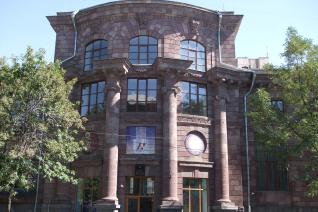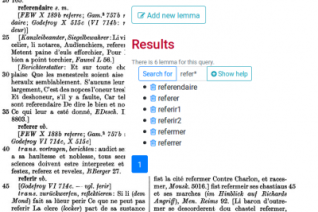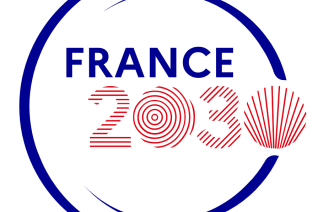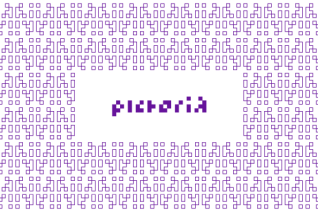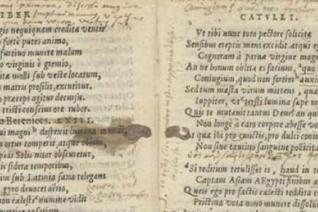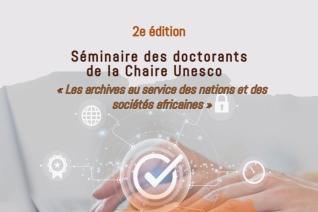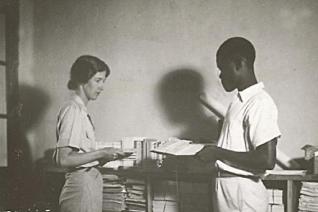After studying mathematics and Oriental languages, Chahan Vidal-Gorène specialized in artificial intelligence (AI) and computer vision applied to cultural heritage. His research focuses on the automatic recognition of non-Latin scripts, the extraction of information from heritage images (3D modeling of buildings, works of art, etc.), and the textual analysis of ancient and Oriental languages (Armenian, Syriac, Georgian, Hurrian, Byzantine Greek, Ethiopic, and Arabic). His PhD particularly is focused on the development of computational methods for Armenian Paleography.
He is a board member of the Huma-Num DISTAM (DIgital STudies Africa, Asia, Middle East) consortium, which supports digital humanities research on non-Latin scripts and regional studies. Within the ANR DALiH project, he also works on adapting LLMs to under-resourced languages (Armenian, Arabic) and managing dialectal variation in AI. Since 2017, Chahan Vidal-Gorène has been involved in the Master’s program in Digital Humanities, where he teaches programming and mathematics for Data Science.
He is the CEO-founder of Calfa, a startup created in 2014 specializing in the analysis and processing of documents in Oriental languages. Calfa works in particular with heritage institutions in the Middle East to digitally enhance written collections. In 2019, he received the French Telecommunications Federation’s Innovation Award for Heritage in recognition of this work.
Recherche
Questions of Armenian Paleography The Evolution of Writting Through the Study of Fragments
Paleography is a recent field of study, which emerged at the end of the xixth century with the research of the Mekhitarist Yakovbos Taesn. He, first, provided a truly detailed description of Armenian letters and proposed a classification and an academic argument of their evolution, which, according to the vth century historian Koriwn, had been invented by Mesrop Machtots in 405 AD. Many authors and researchers have since debated and enhanced his works. Among these, we could refer to the most significant: Hrac'eay Acaṙean (1928), Aot Abrahamyan (1940, 1958, 1973), and foremost Dickran Kouymjian and Michael Stone (2002) who turned their attention to 193 extracts of whole and dated manuscripts in their colossal and valuable work over Armenian Paleography. These two researchers keep periodically on furthering knowledge in this discipline successfully (see following selected bibliography).
However, they strictly focused on dated manuscripts. Yet, between the supposed invention of the Armenian script in 405 AD and the first complete and dated manuscript in 862, there is a time gap of more than 450 years. From this era, have only subsisted lapidary inscriptions and fragments of manuscripts. The finding over the evolution of writing, often discussed, the terminology to use, the dating criteria, as the arguments for the theory of evolution itself are suffering from this very gap. The uniqueness of my PhD research stands precisely on the study of the those fragments of manuscripts, in particular on the palimpsests prior to the ixth century in order to cover this hiatus period, thanks to an overall vision of Armenian handwritten characters thanks to the databases of the Calfa.fr.
This research has a comparative approach and intends to be put into perspective with Latin paleography, whose field already uses established and specific terminology, as well as proven methods and study procedure. It aims several purposes. It is about, on one hand bringing to light a new perspective on Armenian writing and renewing the study of Armenian manuscripts with a specific and accurate terminology, a representation of the letters development and of the Armenian writing evolution, and dating criteria for manuscripts. On the other hand, I intend to study purely paleographical criteria, enabling to streamline the specific problems of handwriting automatic recognition. This PhD is based on a multidisciplinary approach, including fields of cognitive sciences and artificial intelligence.
Under the supervision of Marc Smith (École des chartes - PSL) and Aram Mardirossian (EPHE - PSL).
Champ(s) de recherche
- Analyse automatique des documents et HTR
- Applications du TAL aux langues peu dotées et graphies orientales
- Paléographie numérique et computationnelle
- Paléographie arménienne
- Restauration artificielle de manuscrits
Projet de recherche en cours : Les Passés Artificiels / Artificial Pasts: Lost Texts and Manuscripts that never were (PR[AI]RIE Institute)
their news
Agenda
Le numérique à l’École des chartes, de la formation à la recherche
Research professors
Intervention d’Emmanuelle Bermès, de Vincent Jolivet et de Chahan Vidal-Gorène dans le cadre des « Lundis numériques de l’INHA ».
12/01/2026
Computational Humanities Research
Research professors
Florian Cafiero, Jean-Baptiste Camps et Chahan Vidal-Gorène présenteront leurs travaux lors de la prochaine édition de la conférence « Computational Humanities Research », organisée à l'Université du Luxembourg du 9 au 12 décembre.
09/12/2025
Chahan Vidal-Gorène participe à Digital Bridge 2025, à Astana (Kazakhstan)
Research professors
Chahan Vidal-Gorène y parlera de la diffusion de modèles d’IA dans des outils de recherche à destination de la société.
01/10/2025
their person courses
their events
Projet(s) de recherche
Publication(s)
Whose Pen Wrote the Map? Battling Over the Armenian Medieval Text Ashkharhatsuyts with Stylometry
Researcher publication
Communication dans un congrès
- Publishing date: 2025
Transfert inter-dialectal et généralisation zéro-shot en arménien
Researcher publication
Communication dans un congrès
- Publishing date: 2025
Traiter des manuscrits endommagés par le feu grâce à l’augmentation de données par intelligence artificielle: le cas du ms. L.II.14 de Turin (T)
Researcher publication
Article dans une revue
- Publishing date: 2025

